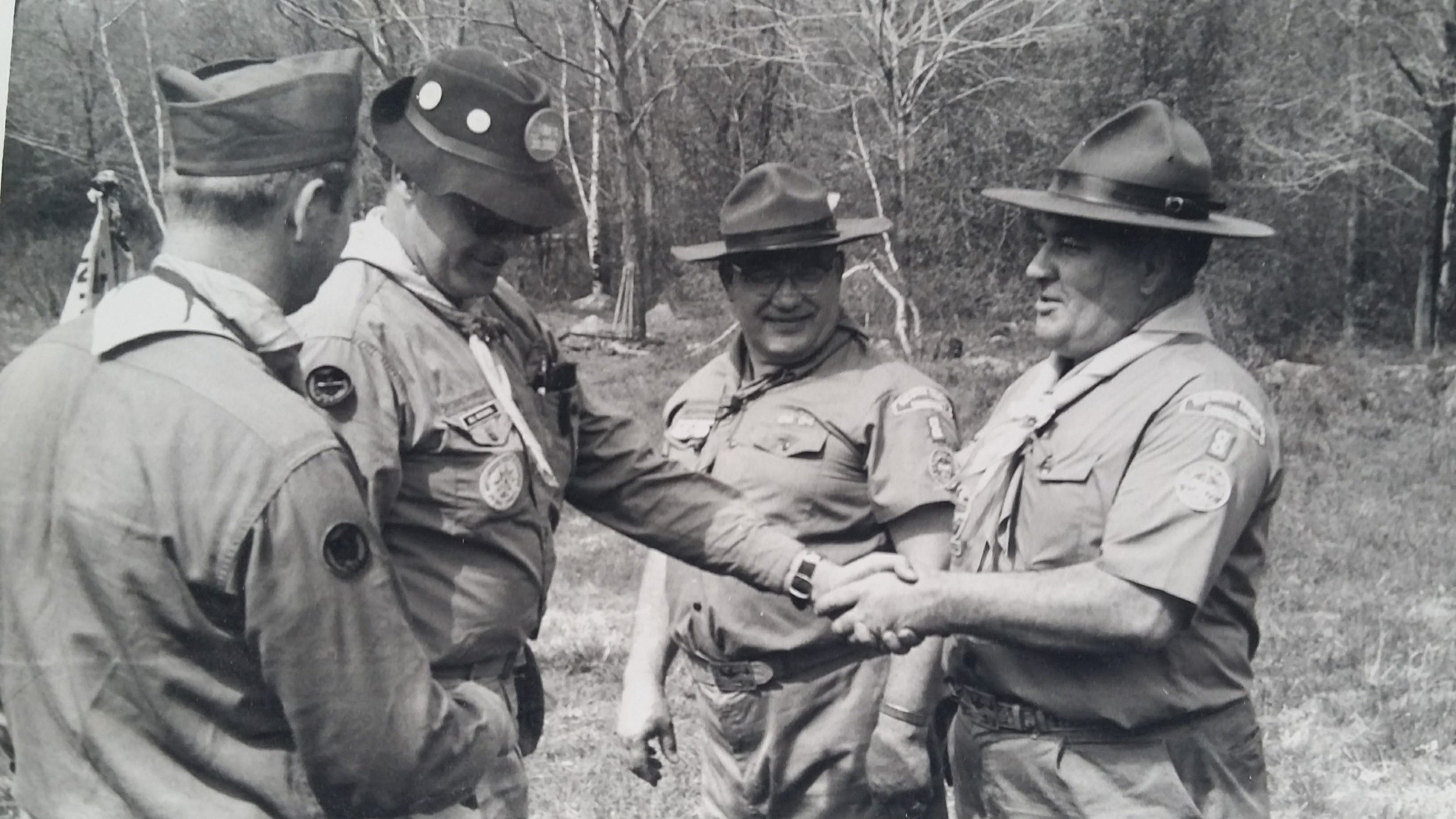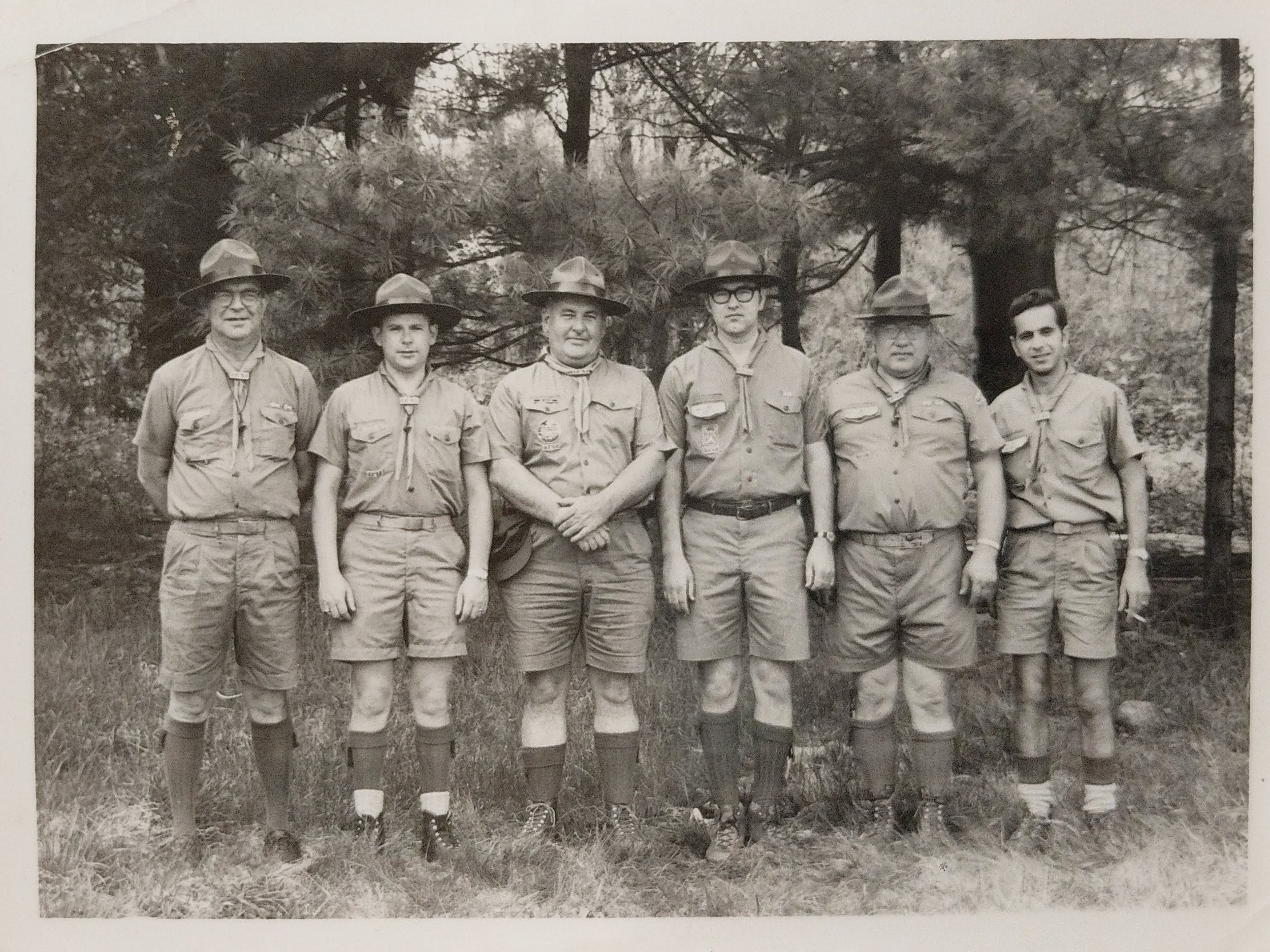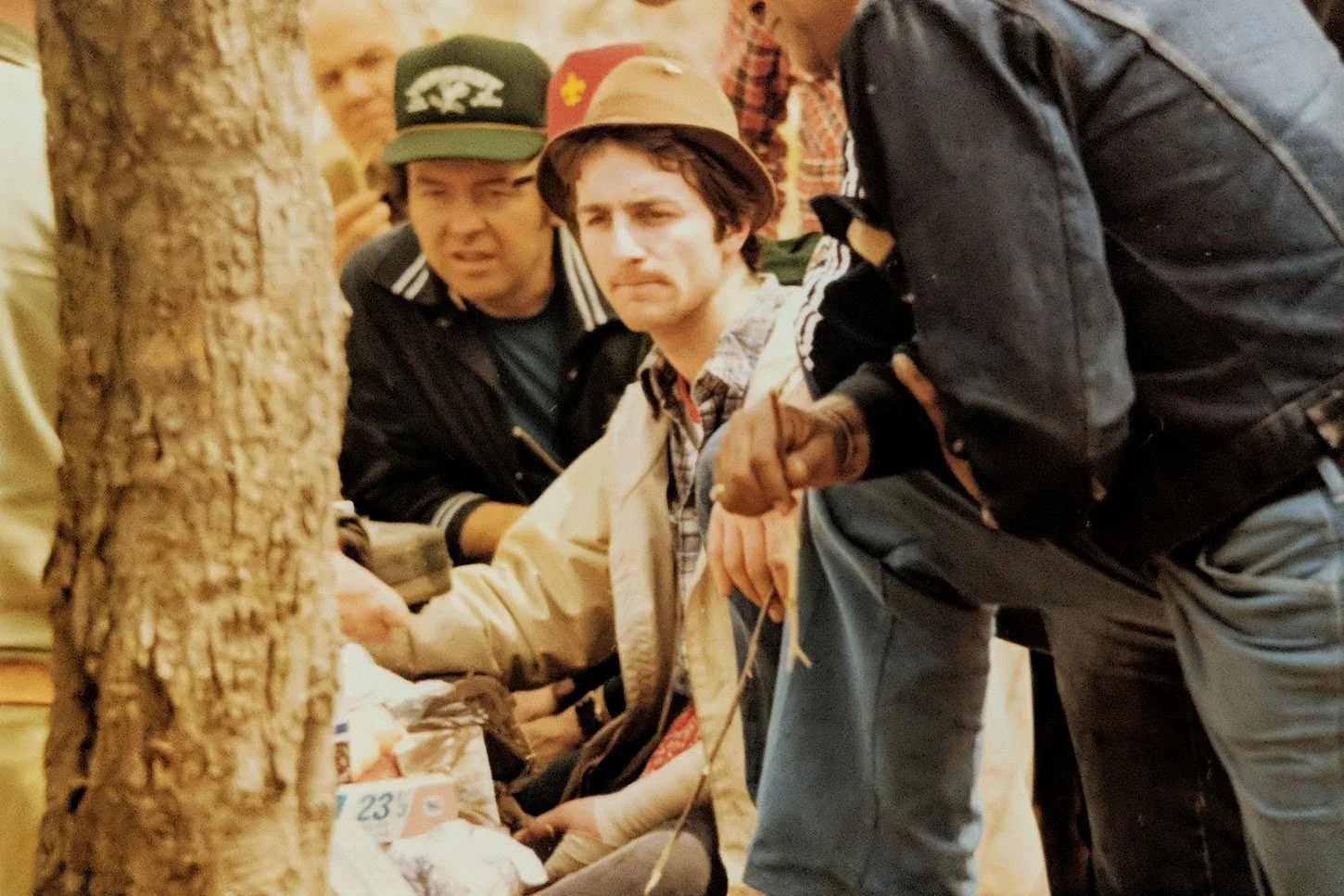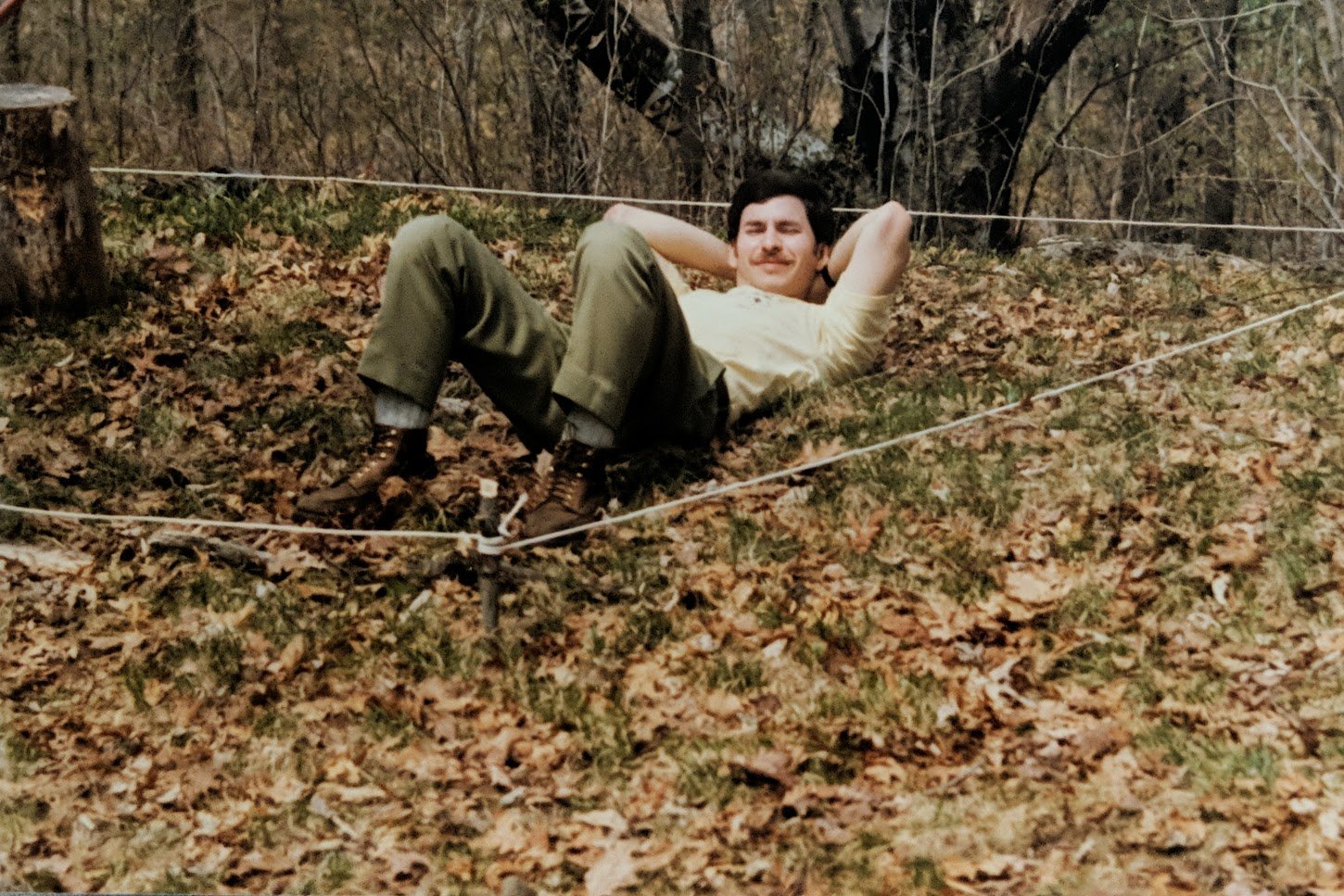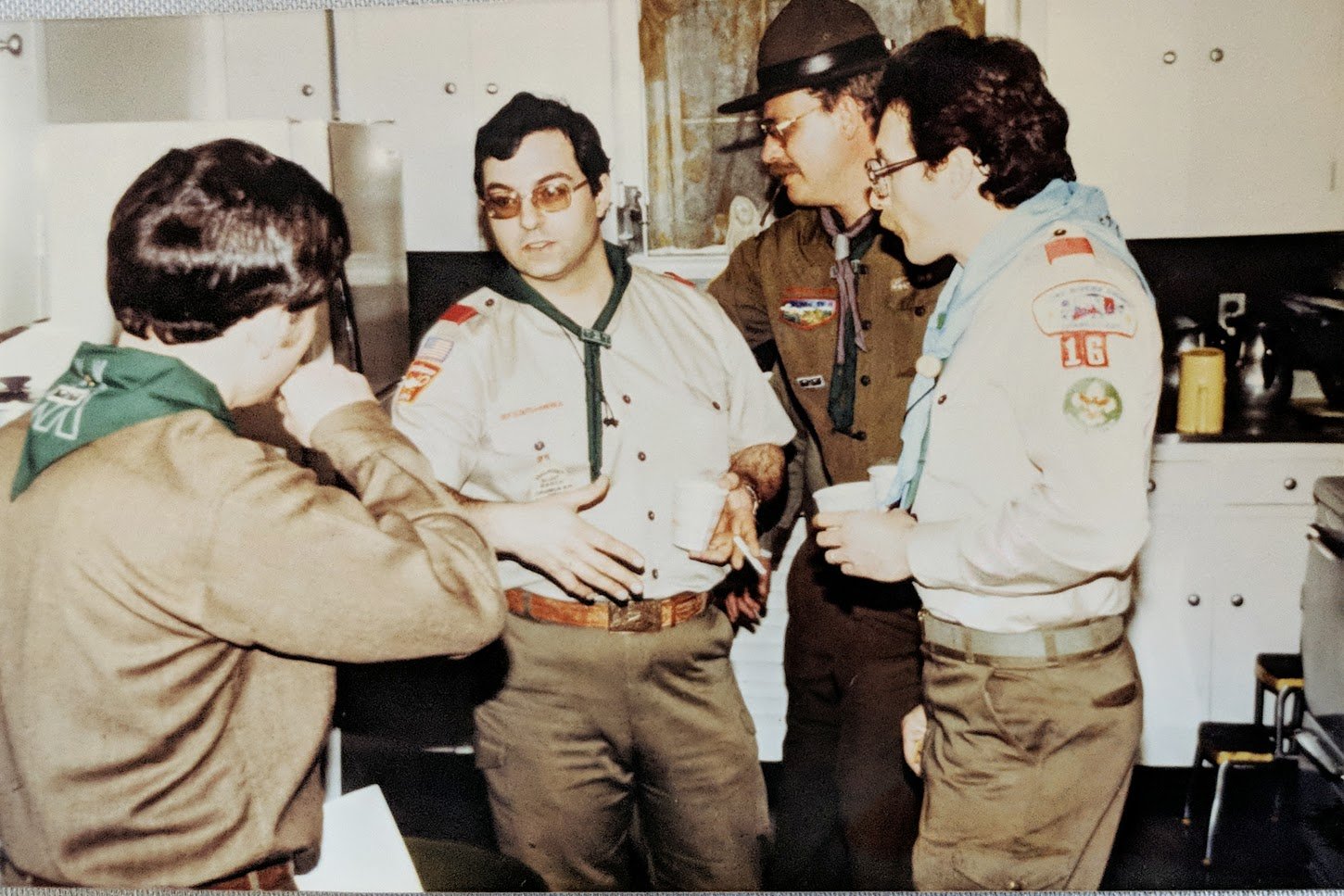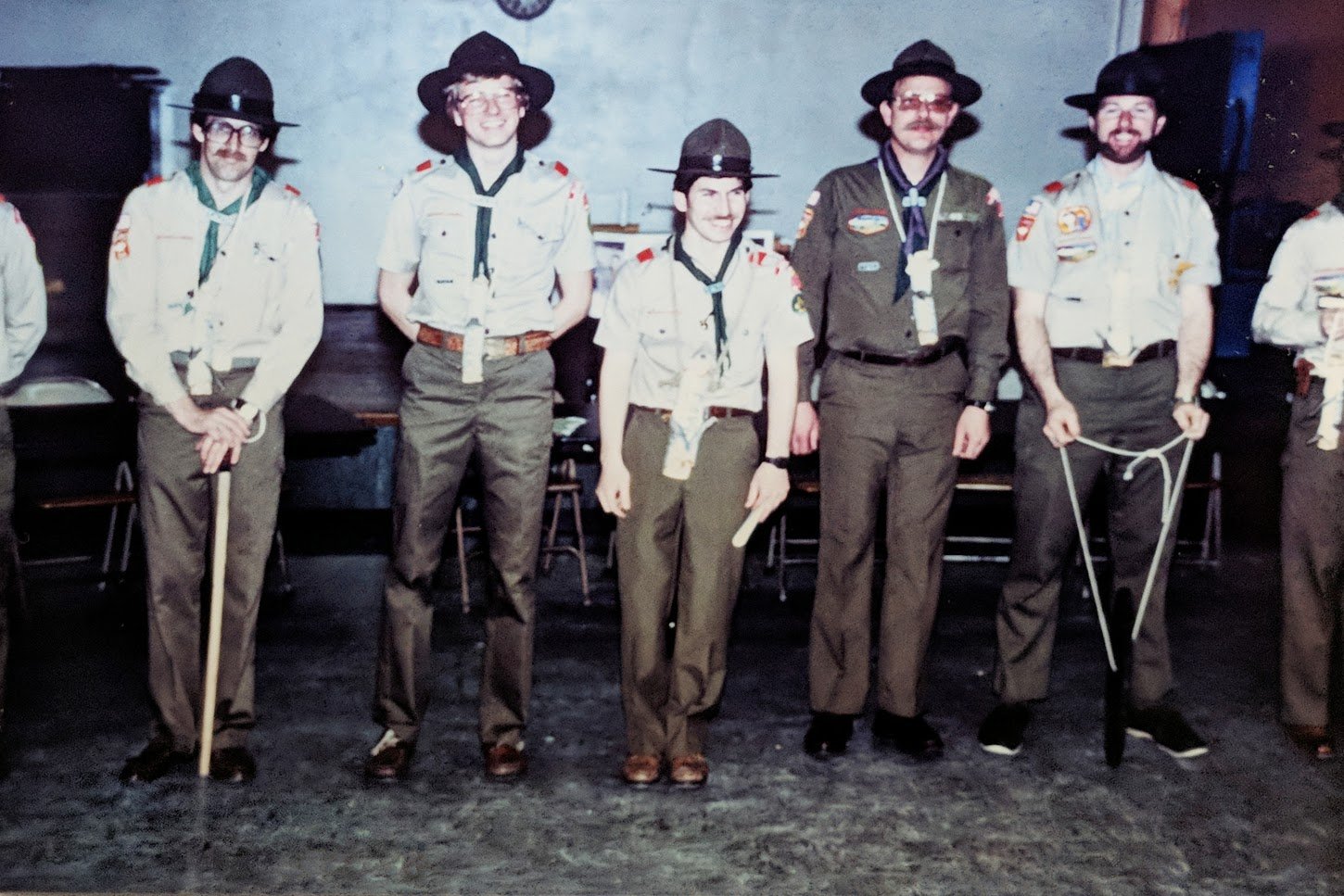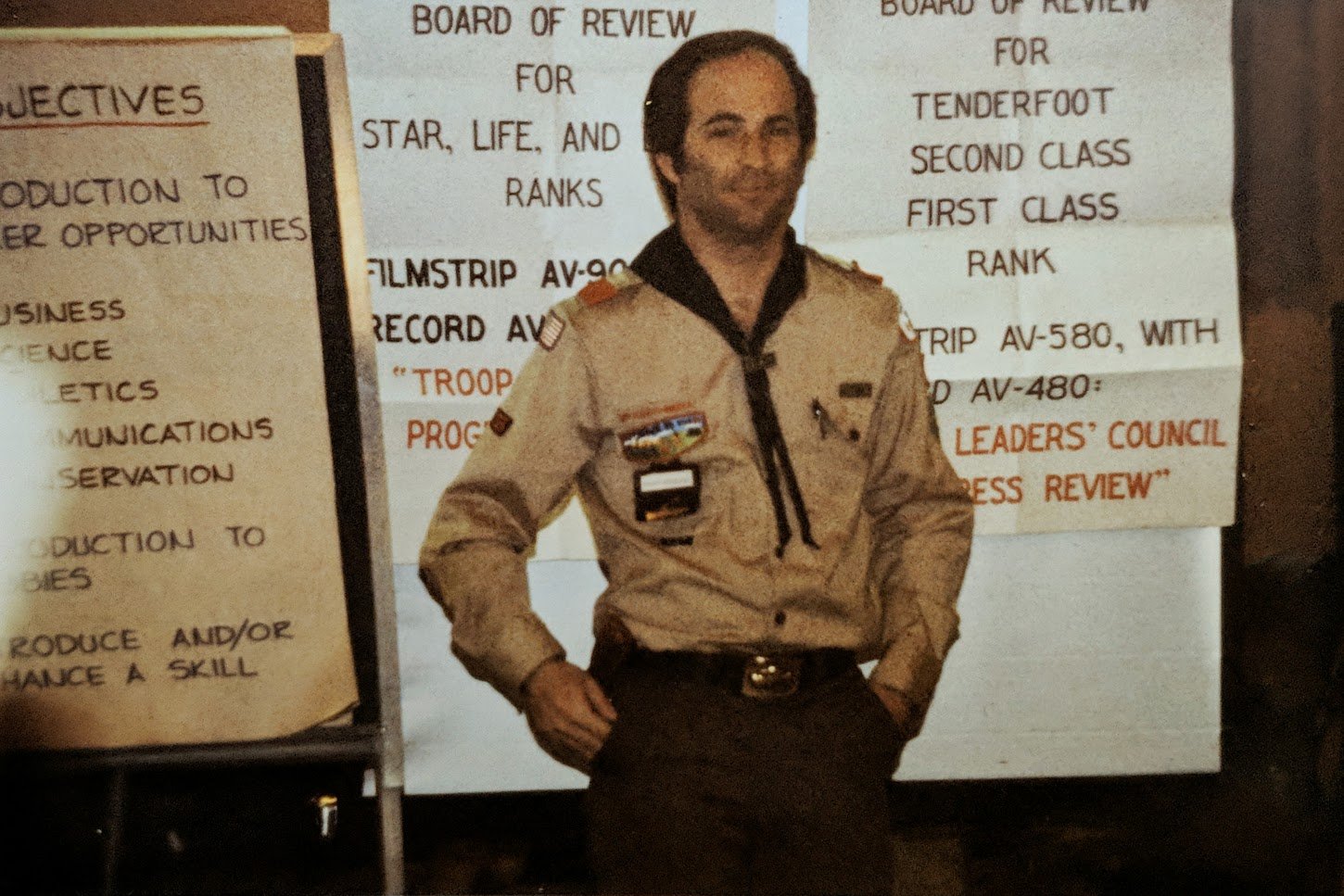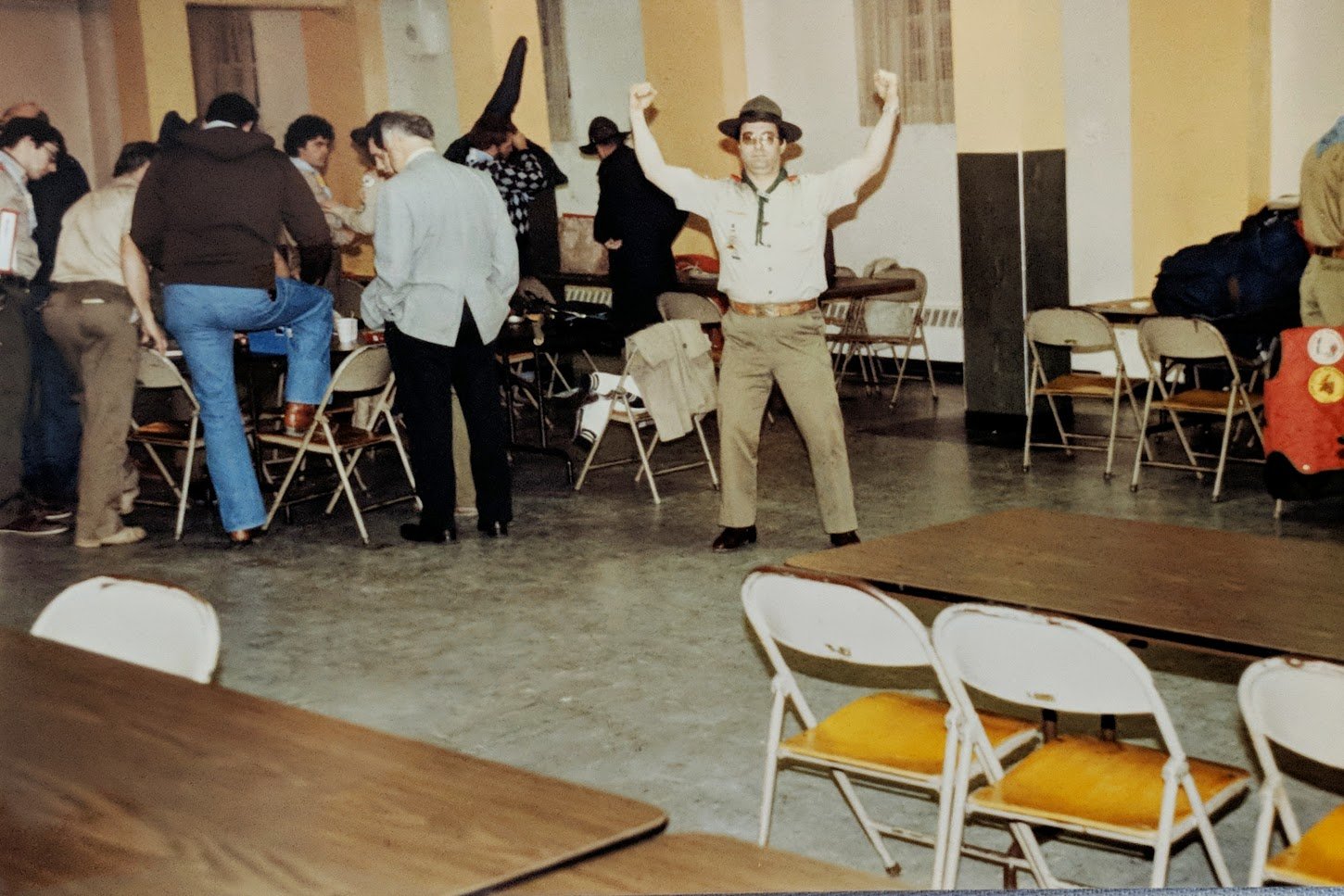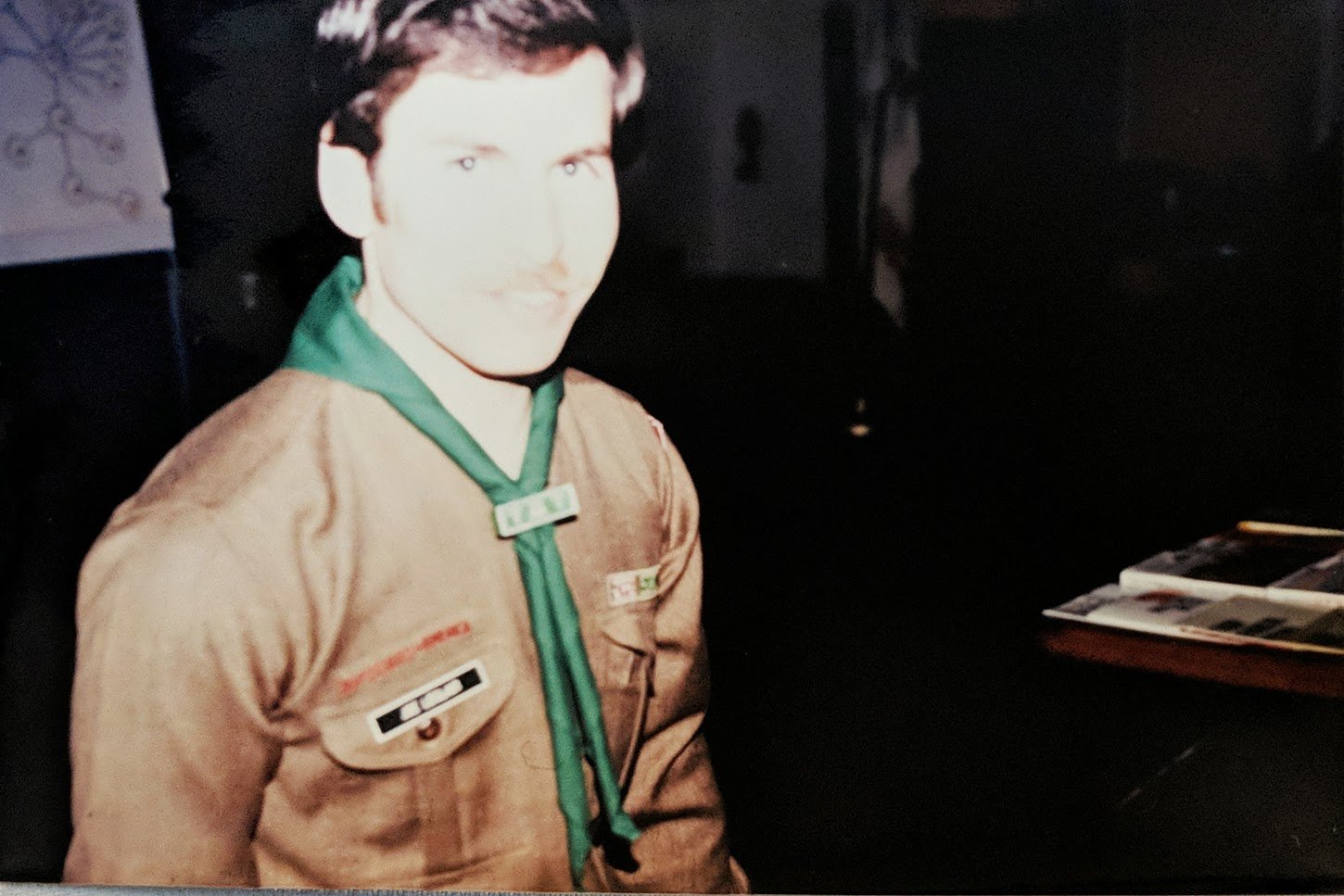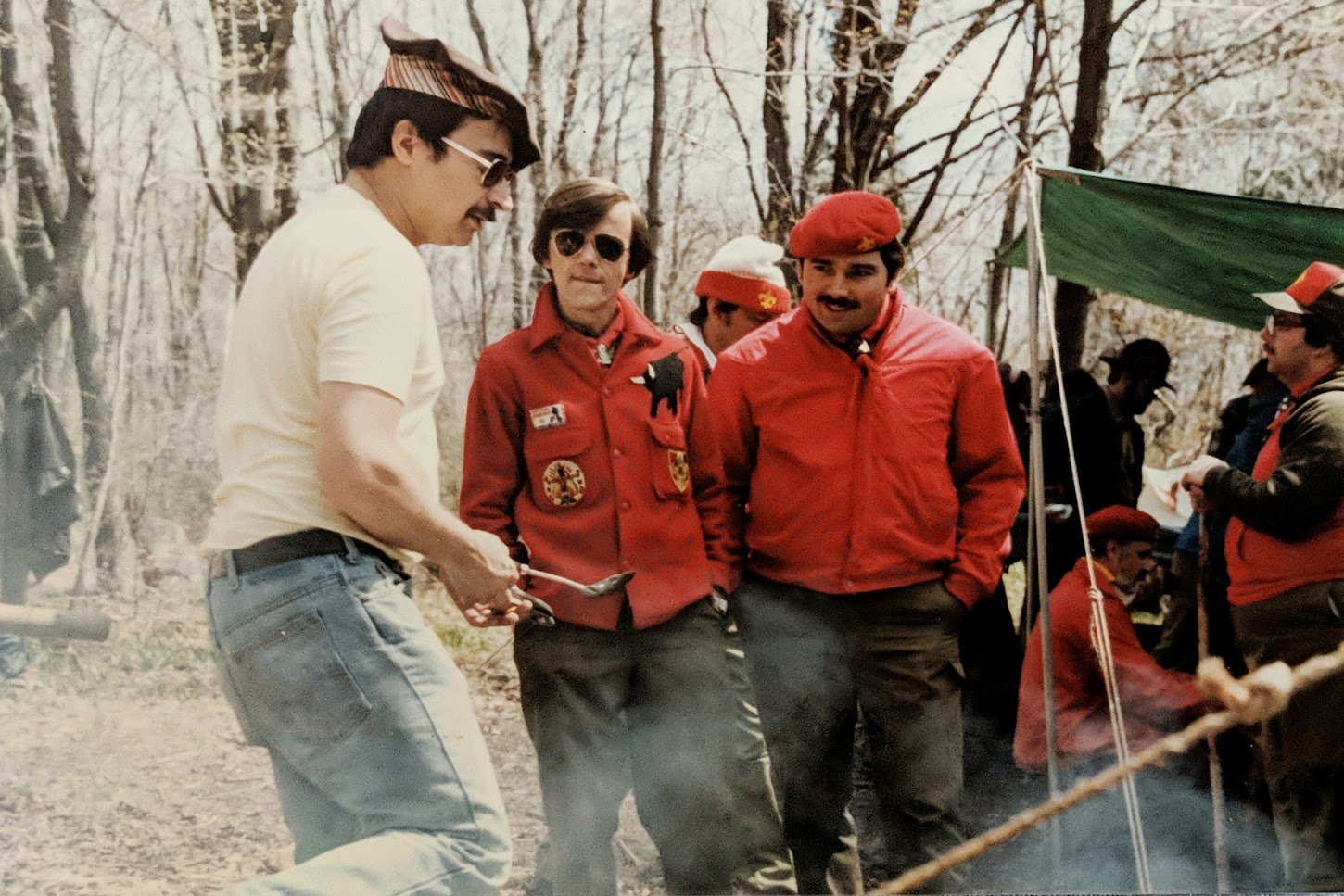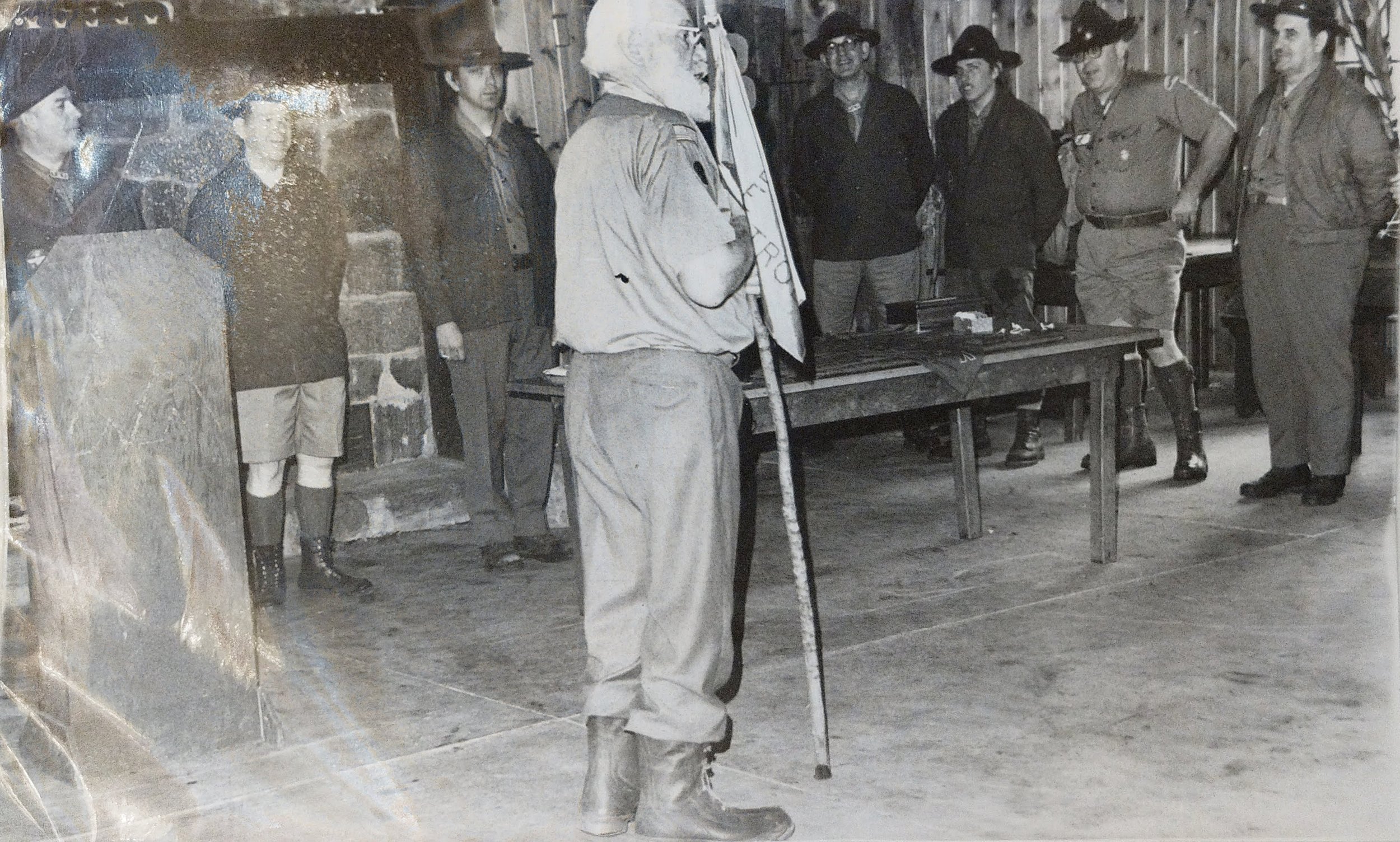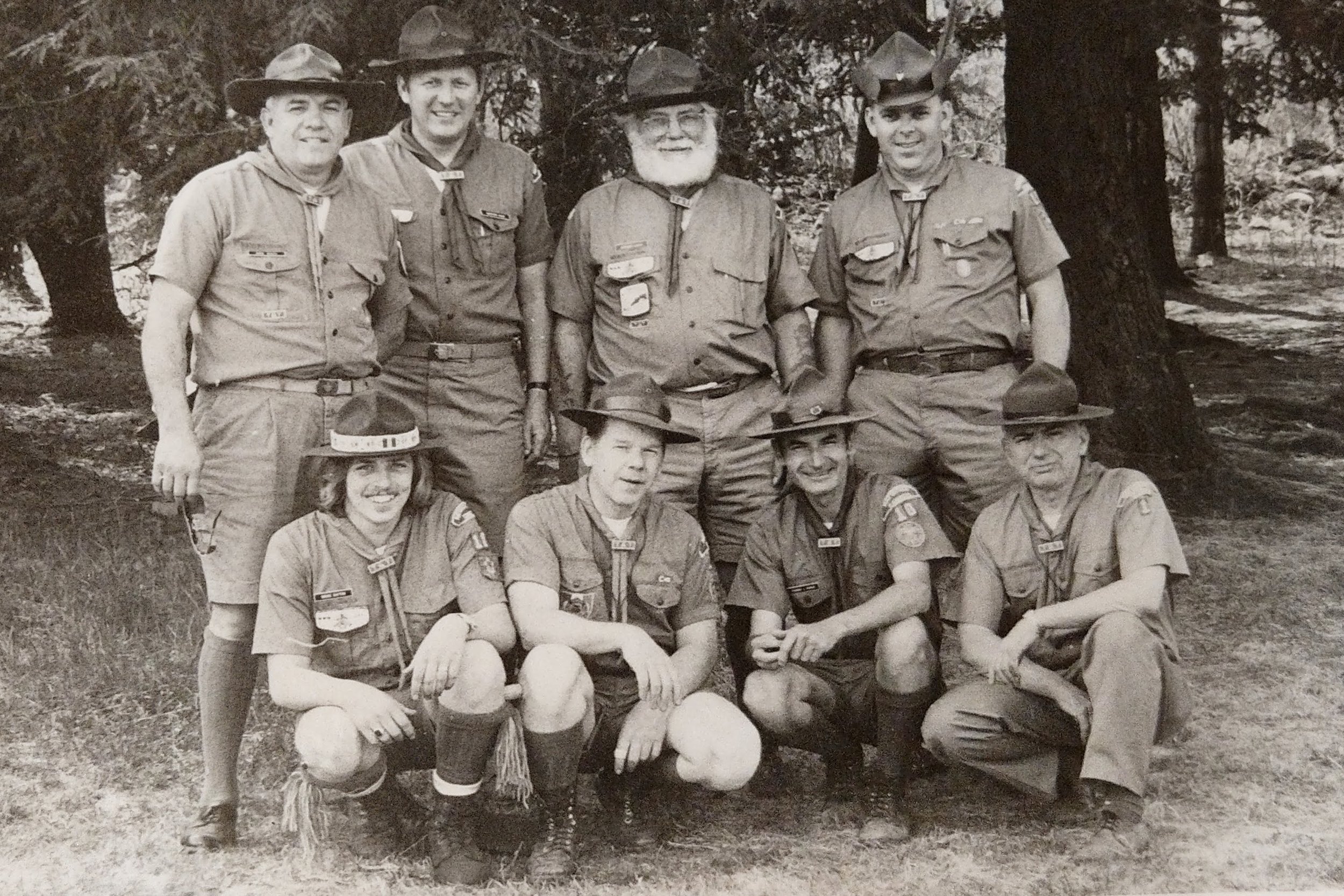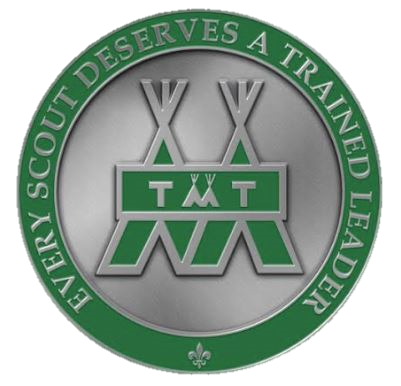Who We Are
"Before you are a leader, success is all about growing yourself. When you become a leader, success is all about growing others." - Jack Welch
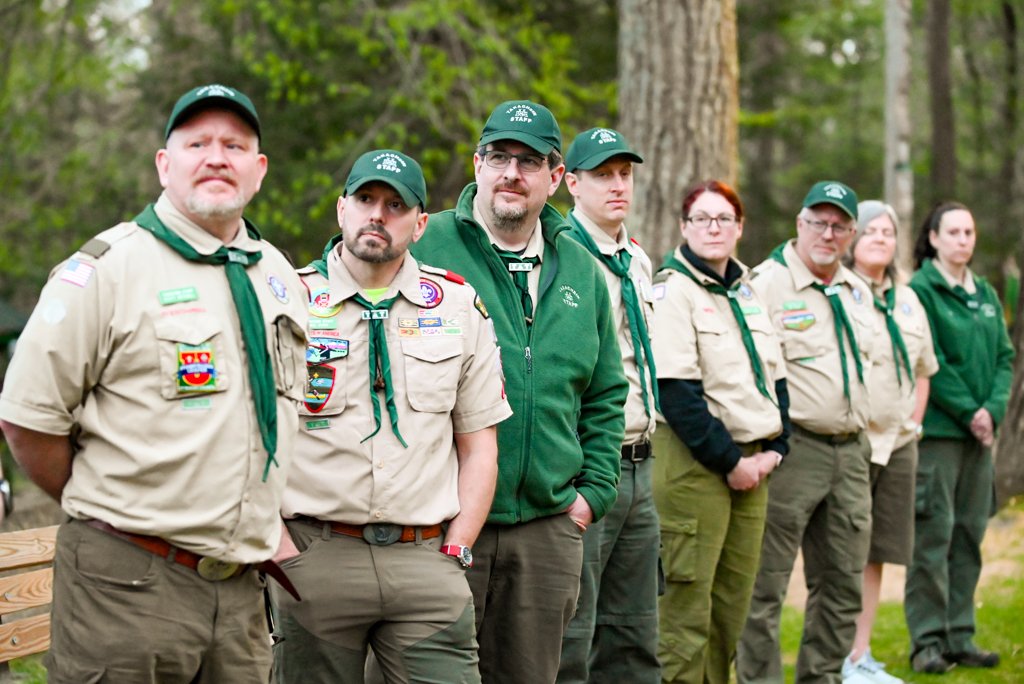
Back in 1963, motivated leaders of the old Mattatuck Council, finding the then current Scoutmaster training course lacking, implemented a new, more robust course with the hopes of both training and inspiring new unit leaders. The course was designed to teach the knowledge and skills necessary to run a successful Scout Troop. They called this course TAKACHSIN, the Lenni Lenape word for LEADER.
Sixty+ years later, several council consolidations, multiple program updates to match the needs and requirements of the era, a couple of hiccups in the timeline, and more than a thousand trained Scout leaders later, this course is still going strong. The reason, it is as relevant and valuable to the new leaders of today as it was to those of 60 years ago. And the dedicated staff bringing this training to life today are just as passionate about it as those who started it back in 1963.
This course marks the 55th Takachsin Troop created to train our newest group of leaders, quite possibly you! The modern course is designed to fulfill the mandatory new Troop leader trainings necessary to be a Scoutmaster or Assistant Scoutmaster in both indoor meetings and outdoor adventure settings. The Takachsin training is a mixture of classroom style and hands-on learning, and at the heart of it is the patrol method - the only way to run a troop according to Scouting’s founder, Lord Robert Baden-Powell. The patrol method allows the Takachsin participant to experience, over a period of weeks, what it is like to be a new Scout in a Troop; this is an invaluable experience for a new leader.
Having been introduced to Takachsin, you may begin to notice other leaders wearing a small, green and silver rectangular patch under the right-side pocket of their uniform shirts. These are past Takachsin participants. Feel free to ask them about their experience.
We hope you decide to join us for this year’s Takachsin course or will pass this information on to someone who may benefit from being a part of it. Please contact us if you have any questions.
Takachsin is brought to you by the Western District of the Connecticut Rivers Council in cooperation with Camp Workcoeman’s Leadership Development Center
THE TAKACHSIN PLEDGE
In pledging myself to this, the Takachsin Pledge, I willingly obligate myself to the high ideals and purposes of Scouting America, which are to promote, through organization and cooperation with other agencies, the ability of youth to do things for themselves and others, to train them in Scoutcraft, and to teach them patriotism, courage, self-reliance, and kindred virtues using the program and methods, which have been, or will be taught to me, placing emphasis on the Scout Oath and Law for character and leadership development, citizenship training, and personal fitness.
I believe that the purposes may be best accomplished through the Patrol Method. I will encourage teamwork and cooperation, train and strengthen youth leaders, so that each youth may have the best possible Scouting experience as a member of a strong patrol in an active Troop. I will work with other Scouters to make my own as well as the total leadership of Scouting in the Connecticut Rivers Council, and beyond, more effective.
THE SYMBOLISM
Two teepees in silver on green form a “M”, representing the former Mattatuck Council (through consolidation, now the Connecticut Rivers Council). The colors are those of the original Scoutmaster’s badge of office indicating the wearer’s training to serve in this important capacity.
The two teepees are a reminder of our two important jobs as Scout leaders: 1) to train and guide youth leaders to run their Troop, and 2) to help girls and boys grow by encouraging them to learn for themselves.
The teepees, emblematic of outdoor life, remind us that Scouting is a game for girls and boys, played by women and men for a purpose - the purpose of helping our youth grow into capable adults and training them for citizenship.
Three poles, reminding us that if we are to successfully make the three parts of the Scout Oath live in the lives of our Scouts, then we must practice them in our own lives, cap each teepee.
The two “T”’s represent Takachsin Troop or Leaders’ Troop.
Completion of the Takachsin course is indicated by the presentation of the Takachsin neckerchief and patch. The patch is to be worn under the leader’s right side uniform pocket and the neckerchief is to be worn at leader only functions and Takachsin get togethers; it should not replace or be worn in lieu of neckerchiefs designated by a leader’s home Troop.
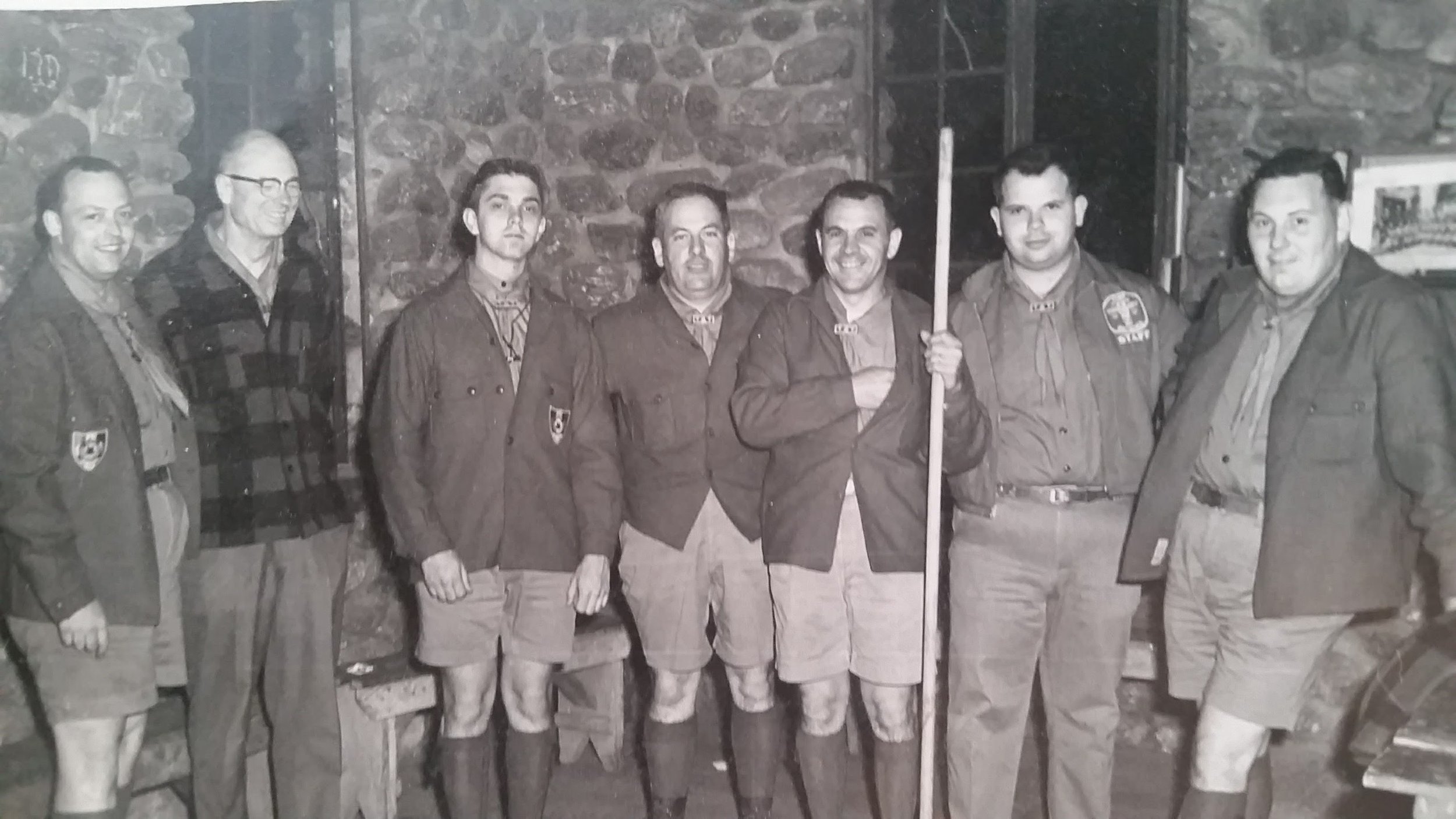
A REFLECTION ON TROOP 1
-Paul Hadzima
Scoutmaster Takachsin Troop 9
My path to Takachsin began in 1959 when I was a graduate student at Wesleyan University in Middletown. I volunteered, became an Assistant Scoutmaster of Troop 1, trained and joined the council training committee and was on the training staff. A “Woodbadger” on the staff introduced me to Wood Badge training, and when an opportunity arose, I applied and was accepted. (I don’t think anyone else on the staff was interested!) And so in the summer of 1961, I went off to Schiff National Scout Reservation in New Jersey for a week of Wood Badge Training.
Remember that at that time, Wood Badge training was only offered on a national or regional basis—primarily at Schiff and Philmont and was meant to train the trainers. Because of this, there were never more than a handful of Scouters with Wood Badge training in a council. Also at this point, the training concentrated on Scoutcraft, camping and other outdoor skills, along with the patrol method.
That fall I moved to Woodbury to become a teacher, volunteered once more and became Scoutmaster of Troop 54 and quickly became involved with the council’s training program, including being on the staff of the Scoutmaster training course. I found it wanting— I had been spoiled by the Wood Badge training. I discovered that that there was a group of people who felt the same way and had organized in order to do something about it—the result being the first Takachsin training troop in 1963.
One reason why that group was so successful was that it contained some of the most important “movers and shakers,” including John Evans, the council president, who had Wood Badge training and who had the support of Frank Savino, the Scout Executive of the time. Frank was well acquainted with Wood Badge training and approved of the training course that was put together.
So what was proposed was a new Scoutmaster training experience which drew heavily on Wood Badge training, tailored to fit the needs of troop leaders.
In order to emphasize the value of the new Takachsin training and to get Scouters to sign up for it, several council leaders joined the staff of Troop 1: John Evans, council president, Frank Savino the council Scout Executive, Lawrence Leach, the council Training chairman, Wally Harper, District Scout Executive, and two popular and experienced Scouters, Joe LeClair, Jr., and Dick Lenkowski. (Needless to say that I was overawed to be asked to join the group!)
The indoor sessions of the first Takachsin training were held in Camp Mattatuck’s Lovett Lodge (the current camp office). The outdoor session was held in the field near the old 49ers campsite—the field where archery was held at that point.
So, in summary, I would say again that the founding of the Takachsin program was due in large measure to the inspiration of the Wood Badge training of the day and the participation of the council leadership.
From left to Right: John Evans, J. Lawrence Leach, Paul Hadzima, Joe LeClair Jr., Frank Savino, Wally Harper, and Dick Lenkowski*
*Dick Lenkowski wrote the original Takachsin course outline for his Woodbadge ticket.
